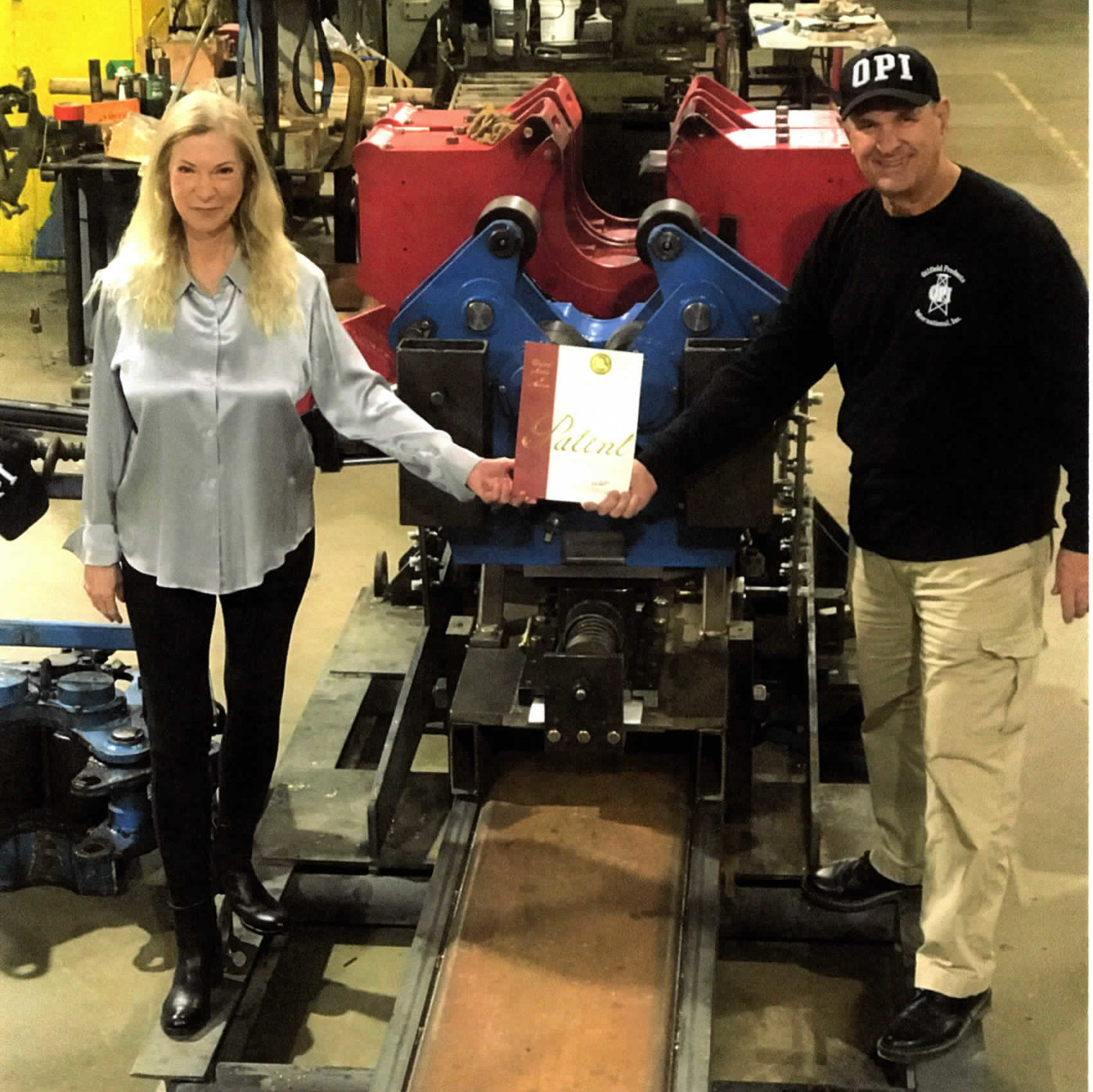5 Benefits of a Self-Directed IRA (SDIRA)

When planning for retirement, most consumers assume that traditional options, such as 401(k)s, IRAs, or employer-sponsored plans, which typically include mutual funds and stocks, are the only available options. However, many people long to have more control over their retirement and are unaware of the other options available. Enter the Self-Directed IRA (SDIRA) — a powerful yet often overlooked retirement account that puts the customer in control of their investments. Understanding the benefits of using a self-directed IRA will help an investor optimize their retirement planning.
Benefits of Self-Directed IRAs:
Expanded Investment Options
Unlike traditional IRAs, SDIRAs allow account holders to invest in a variety of investment options, including:
- Real estate (residential, commercial, raw land)
- Precious metals (gold, silver, etc.)
- Tax Liens
- Private Equity/Companies
Having investment control opens up opportunities for higher returns, better diversification, and investment in areas where investors have personal knowledge and expertise.
Diversification Outside of the Stock Market
Relying solely on the stock market can expose your retirement to volatility amidst economic downturns. With a SDIRA, investors can hedge against inflation and market risk by investing in hard assets or alternative markets. For instance, real estate or private lending can provide stable, passive income streams even when the stock market is down.
Tax Advantages
Just like traditional and Roth IRAs, SDIRAs offer tax-deferred growth depending on the account type:
- Traditional SDIRA: Contributions are tax-deductible, and growth is tax-deferred until withdrawal.
- Roth SDIRA: Account holders make contributions after tax, but qualified withdrawals are tax-free.
Greater Control and Flexibility
With an SDIRA, the account holder has complete control over their investment. They decide which assets to invest in and when to make a move, which is especially attractive to experienced investors or entrepreneurs who want more input in the use of their retirement funds.
Potential for Higher Returns
By investing in assets, the account holder will typically invest in options that they have a strong understanding of and feel confident will be a beneficial investment. One commonly chosen investment is real estate used as rental properties. Building a portfolio centered around unique investments may generate higher returns than a traditional stock-based portfolio. While these investments may carry higher risk, they also offer the potential for substantial rewards.
Before Opening a SDIRA
While SDIRAs offer numerous advantages, they also include additional responsibilities for the investor. For example, account holders must avoid prohibited transactions (such as self-dealing or using SDIRA assets for personal benefit) and follow IRS rules carefully. It’s critical to work with a qualified custodian, such as SouthStar Bank, and consult with financial or legal professionals who have experience working with SDIRAs.
In Conclusion
A Self-Directed IRA isn’t for everyone, but for investors looking to diversify and take control of their retirement planning, it could be a top account option. Whether you’re a real estate investor or simply looking to escape market dependency, an SDIRA gives you the flexibility to build a retirement portfolio on your terms.
Interested in starting your SDIRA journey? SouthStar Bank is ready to help you with the next steps. Contact our dedicated team of IRA experts to get started!





